Gadolinium: Element Properties And Uses
Description
Gadolinium is a rare earth metal with distinct chemical and physical properties. It is utilised in magnetic resonance imaging (MRI), in nuclear applications and in various industrial products.
Introduction to the Element
Gadolinium forms part of the lanthanide series and is a significant element among the rare earth metals. It was discovered in the late 19th century. Given its distinctive magnetic behaviour and versatility in high-technology applications, it has attracted considerable scientific investigation.
Description of Chemical Properties
The chemical properties of gadolinium indicate that it can be highly reactive under certain conditions. In its pure form, gadolinium does not occur naturally; it is extracted from minerals such as monazite and bastnasite. When exposed to air, it rapidly forms a protective oxide layer, principally gadolinium(III) oxide (Gd₂O₃), thereby stabilising its surface.
Gadolinium is recognised for its paramagnetic properties; it becomes strongly magnetic solely in the presence of an external magnetic field. This characteristic is particularly useful in medical imaging, where it quantitatively enhances contrast in magnetic resonance imaging (MRI).
Physical Properties Data Table
|
Property |
Value |
Units |
|
Atomic Number |
64 |
- |
|
Atomic Weight |
157.25 |
g/mol |
|
Density |
~7.9 |
g/cm³ |
|
Melting Point |
1313 |
°C |
|
Boiling Point |
3273 |
°C |
For further information, please visit Stanford Advanced Materials (SAM).
Common Uses
Gadolinium’s distinct properties have led to a range of practical applications across various sectors. In medicine, gadolinium-based compounds are employed as contrast agents in MRI scans, thereby quantitatively improving diagnostic image quality.
Outside the healthcare sector, gadolinium is used in the nuclear industry; its high neutron absorption capacity is utilised in control rods.
Furthermore, gadolinium is employed in the manufacture of high-performance magnets and various electronic devices due to its magnetic properties. Researchers also use gadolinium in the production of advanced materials and in the development of specific laser types.
Preparation Methods
The extraction processes for gadolinium involve multiple steps designed to yield a pure and functional metal. Initially, gadolinium is separated from its naturally occurring ores via techniques such as solvent extraction and ion exchange. The isolated compound is generally obtained in the form of gadolinium oxide. Subsequent reduction processes, often involving a metallothermic reaction with calcium or other reducing agents, are used to convert the oxide into metallic gadolinium.
Frequently Asked Questions
What are the main applications of gadolinium?
Gadolinium is primarily employed in MRI contrast agents, nuclear reactor control systems and various magnetic high-performance applications.
How is gadolinium extracted from its ores?
The element is separated from minerals such as monazite and bastnasite using solvent extraction and ion exchange techniques, followed by reduction processes.
Why is gadolinium suitable for MRI imaging?
Its strong paramagnetic properties enhance image contrast and render it an effective contrast agent in MRI examinations.
Are there any safety concerns regarding the use of gadolinium?
When used in approved formulations, gadolinium compounds are considered safe; however, improper application or accumulation in the body may lead to health issues.
In which industrial products is gadolinium frequently found?
Gadolinium is an essential component in the manufacture of special alloys, ceramics, phosphors and nuclear reactor components.

 Bars
Bars
 Beads & Spheres
Beads & Spheres
 Bolts & Nuts
Bolts & Nuts
 Crucibles
Crucibles
 Discs
Discs
 Fibers & Fabrics
Fibers & Fabrics
 Films
Films
 Flake
Flake
 Foams
Foams
 Foil
Foil
 Granules
Granules
 Honeycombs
Honeycombs
 Ink
Ink
 Laminate
Laminate
 Lumps
Lumps
 Meshes
Meshes
 Metallised Film
Metallised Film
 Plate
Plate
 Powders
Powders
 Rod
Rod
 Sheets
Sheets
 Single Crystals
Single Crystals
 Sputtering Target
Sputtering Target
 Tubes
Tubes
 Washer
Washer
 Wires
Wires
 Converters & Calculators
Converters & Calculators
 Write for Us
Write for Us
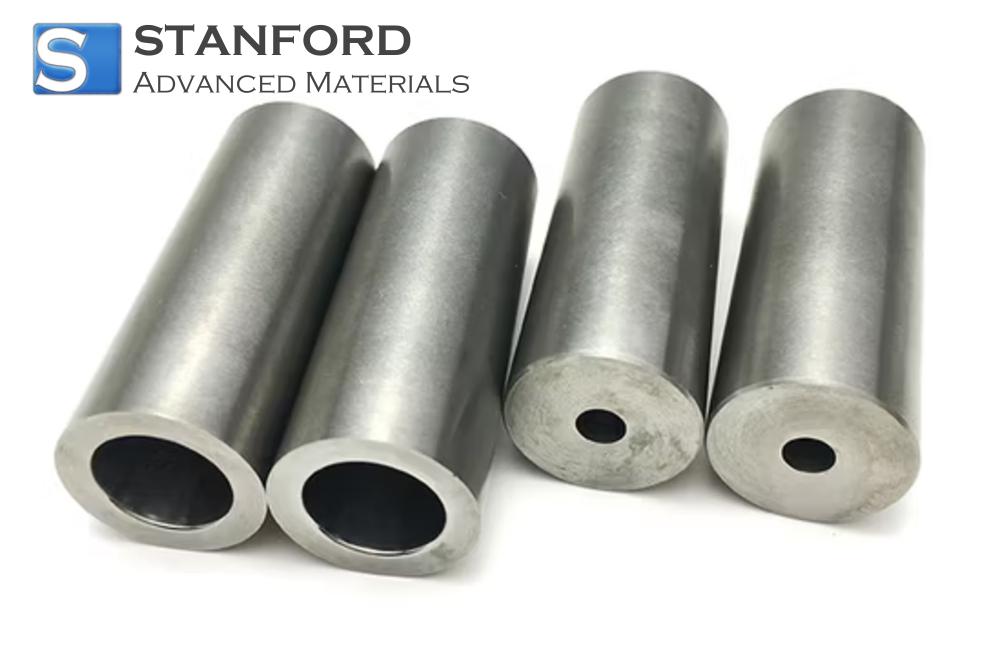
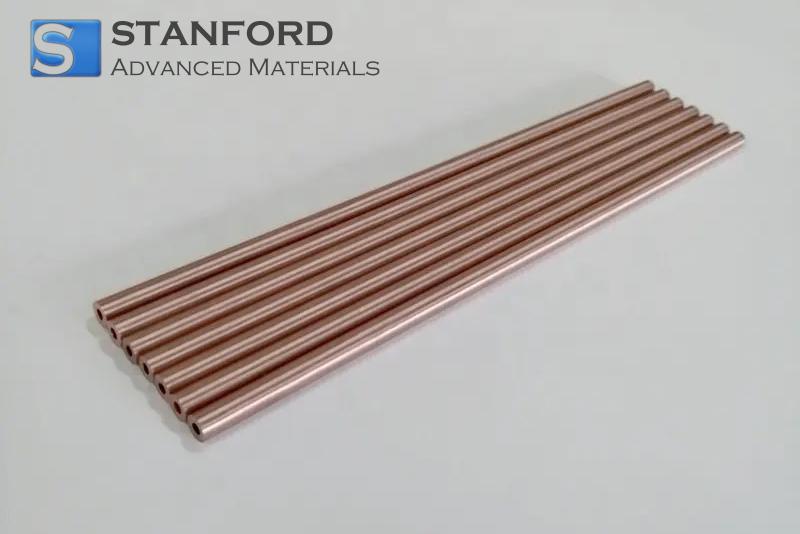
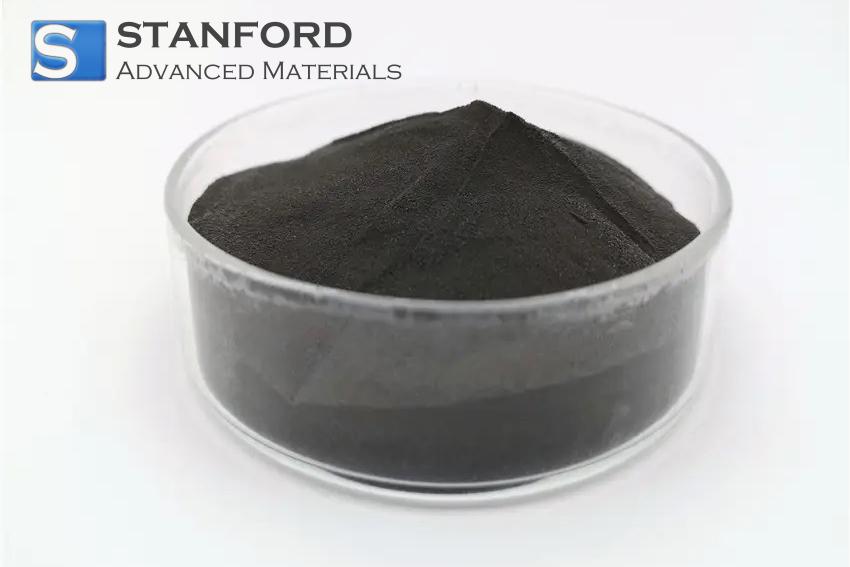
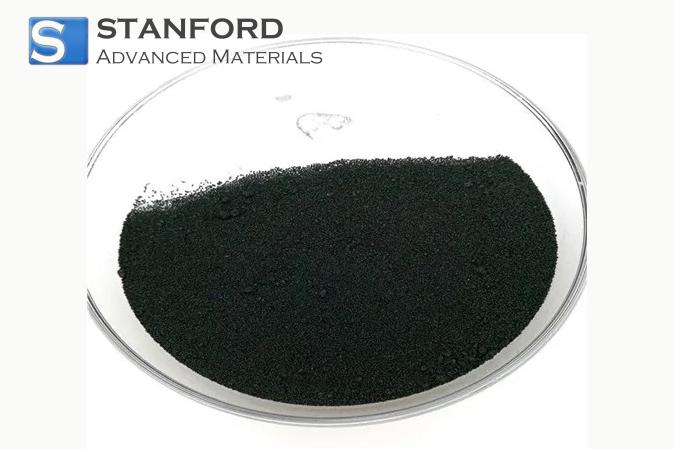
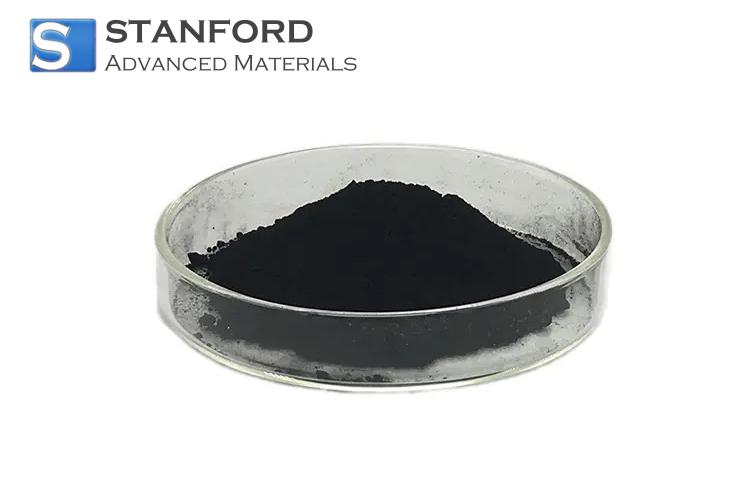
 Chin Trento
Chin Trento



